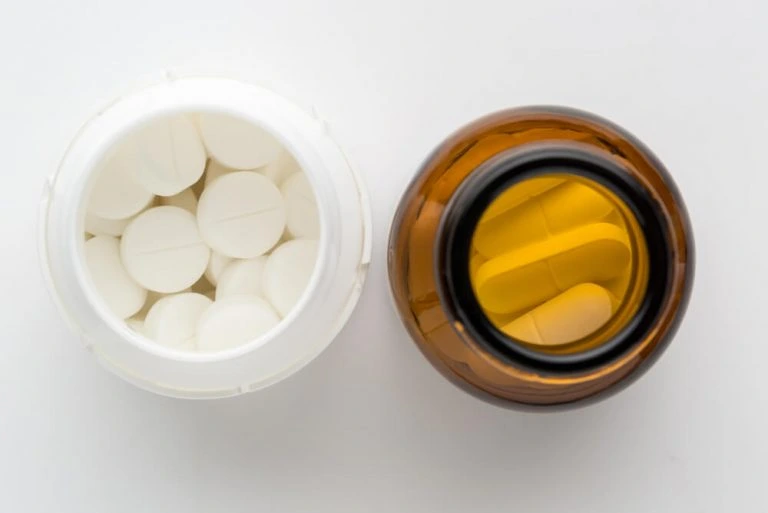Opiate Withdrawals: What to Expect
Opiates are narcotic painkillers that are created from opium. Narcotics are extremely addictive, and many people taking a prescription painkiller don’t realize they are becoming dependent on the drug until they can no longer get it. When people go through opiate withdrawals on their own, the rate of relapse is very high.

Opiate Withdrawals can be dangerous, professional detoxes save Lives
What Are Opiates?
Some people are not aware that there are three classifications of opiates. They may be taking a prescription medication that falls into one of the following classifications without knowing they are taking an opiate.
- Morphine Class – The drug is manufactured from the poppy plant and is a naturally occurring opium derivative. Opium, morphine, codeine, heroin, are psychoactive compounds in the poppy plant.
- Opioids Class – Drugs in this class are partially synthetic derivatives of morphine, which includes hydrocodone (Vicodin) and oxycodone.
- Synthetic Compound Class – Fentanyl, alfentanil, methadone, and levorphanol are a few of the drugs in this category.
Opiate Withdrawals and Symptoms
Withdrawal from most prescription opiates begins within 8 to 12 hours. The symptoms peak in 12 to 48 hours, and the withdrawal process (detox) normally lasts a week to 10 days. The opiate withdrawals are unpleasant, but not normally life-threatening.
- Depression
- Insomnia
- Anxiety
- Agitation
- Fatigue
- Muscle aches
- Nausea and vomiting
- Abdominal cramps
- Diarrhea
- Hot and cold sweats
Opiate withdrawals are necessary for those who are addicted. The addict grows more tolerant with every use, and a greater amount of drug is needed to achieve the same feeling of euphoria. Because opiates slow breathing, the risk of death grows dramatically as addicts increase the dose they take. Deaths from opiate overdose have risen dramatically in the last few years.
Stages of Opiate Withdrawal
As opiates leave the body, symptoms occur. There are stages of opiate withdrawal that take place during the detox process. The severity of your addiction, the type of opiate used, the amount used, and your general health all determine the amount of time it will take you to go through the stages of opiate withdrawal.
- The Early Stage – This first stage begins between six and twenty-four hours, depending on the opiate you are addicted to. You can experience anxiety and irritability, muscle pain, fatigue, insomnia, and sweating.
- The Later Stages – Symptoms will generally worsen around after three days (72 hours). Earlier symptoms can be more severe, and new symptoms including chills, stomach pain, nausea, vomiting, and diarrhea appear.
Although the first week of withdrawal is the worst, some symptoms will last longer. Most symptoms hang on for a month, but can last longer. Fatigue, depression, insomnia, anxiety, and possible craving are the symptoms that last the longest.
Opioid Withdrawal Treatment
Most people cannot quit opioids on their own because of the withdrawal symptoms. When you are feeling like you have the worst case of flu that ever existed, the urge to take a pill is great. When people are addicted, they seldom feel any pain. Withdrawals symptoms bring aches, pains, and cramps. It’s easy for addicts trying withdrawal at home to talk themselves out of it very quickly. In the controlled environment of an opioid withdrawal treatment center, you can detox more comfortably and have the care and assistance of a compassionate staff. You’ll also have the advantage of therapy and counseling. Even though opiate withdrawal treatment is not life-threatening, professionals will monitor vital signs to preclude any possible complications due to other health problems. The rate of success in a treatment center is very high because of the combination of detox, treatments, and education.
If you or someone you know needs opioid withdrawal treatment, don’t put off getting help. If an intervention is needed, there are trained people ready to assist with it. Contact an addiction treatment center for the help you need.







